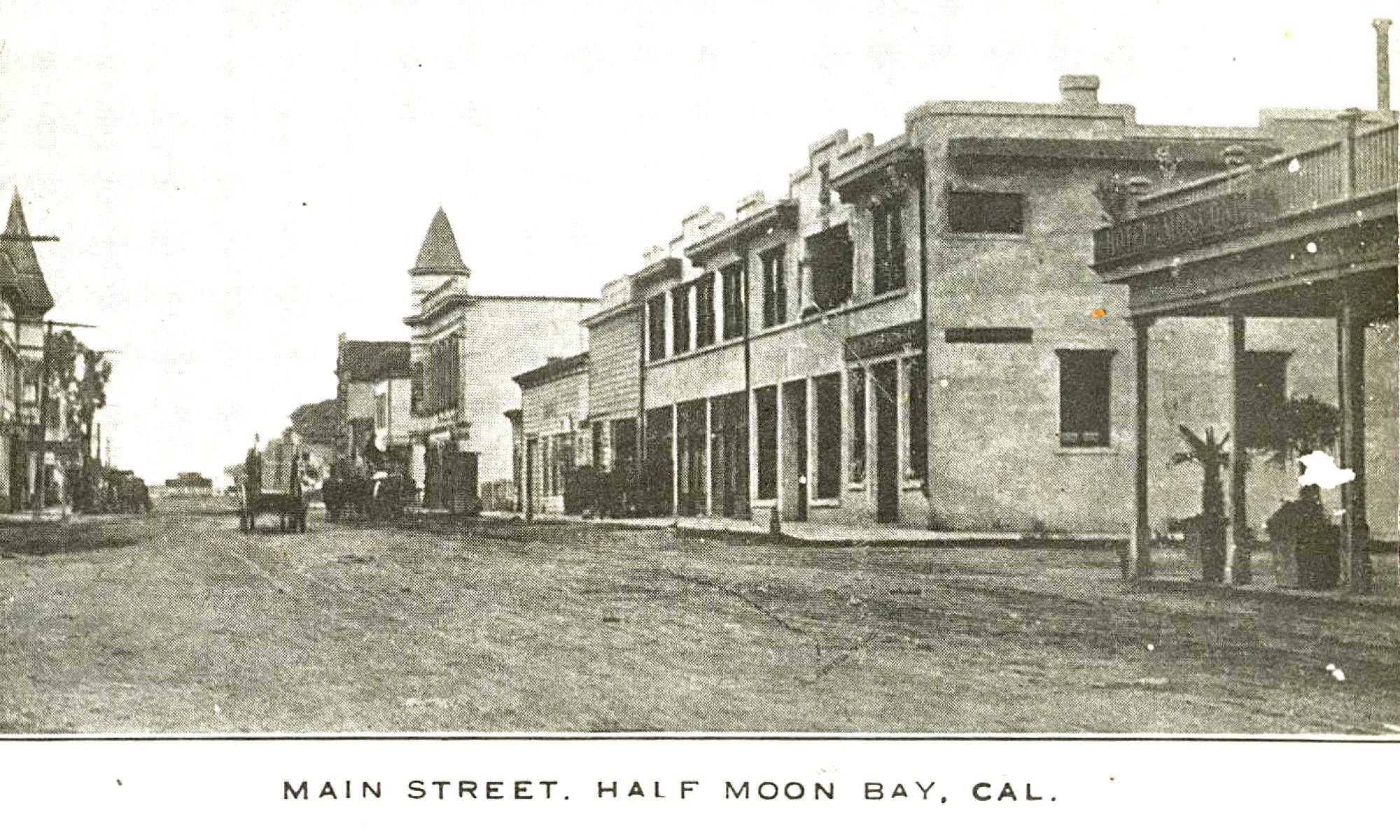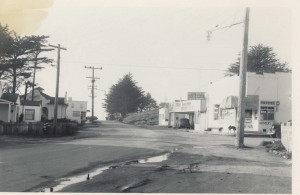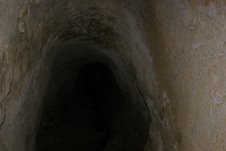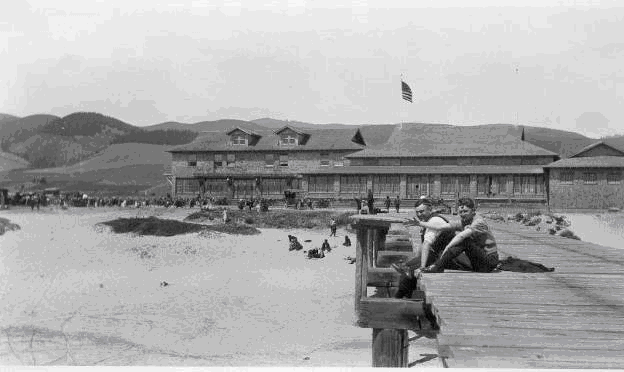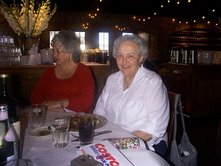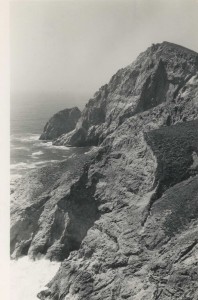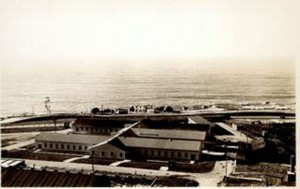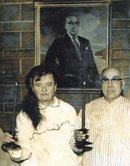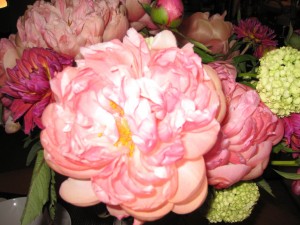February 1945
From the Half Moon Bay Review
(Note: S/Sgt Dunn is the son of Mr and Mrs. George Dunn, Editor and Publisher of The Review and Pebble. He has been stationed in the Pacific War Area for the past 18 months…S/Sgt George Dunn is with the Sixth Army Corps, the 160th Infantry of the 40th Division who landed on Luzon in an 800 ship convoy on January 9th when General Douglas MacArthur started the liberation of the Philippines.)
Letter from S/Sergeant George Dunn, Jr.
“If you don’t mind me writing in a “fox hole,” I’ll get a long delayed letter written to you. I expect my dear you know I am somewhere in the Philippines, in fact I suppose by now you even know, from the radio and newspapers, just where, and probably know just what we are doing.
“Our landing was most exciting, in fact, that word doesn’t express to well what we went thru that day.
“I’m getting a little ‘breather’ today, surely was tired for a few days. Haven’t had my clothes off yet, my change should be up from the ‘rear’ soon.
“The Filipino people are greeting us with open arms. They are very poor after three years of Jap control, but even so, they give us eggs, chickens and bananas in exchange for American cigarettes.
“They have been more than willing to dig my Message Center holes, believe me I have surely dug enough of them. It is a good thing they do help because we haven’t always had “quiet” time enough.
“I can tell you this much, a Jap is no one to have around until he is dead and I’ve seen plenty of them. Our Army and Navy Air Corps, and the boys up here in the front lines are really giving it to them.
“I had quite a night last night. It was raining very hard, in fact there were four inches of rain in my fox hole, thought I could stick it out tho until a small pig crawled in with me, that was too much. I got out and took cover under a shack. I traded my underwear for a barbecued chicken this noon, did tht ever taste good.
“You have no idea how it feels to get out of that jungle and see some civilization, at least this seems civilized to us after where we have been. There are a lot of very old churches here and very huge. All of the houses are built off of the ground and made of bamboo, but even they look good to me.
Continue reading “Coastside WWII: Excerpts From Letters Written By Staff Sergeant George Dunn, Jr.”
